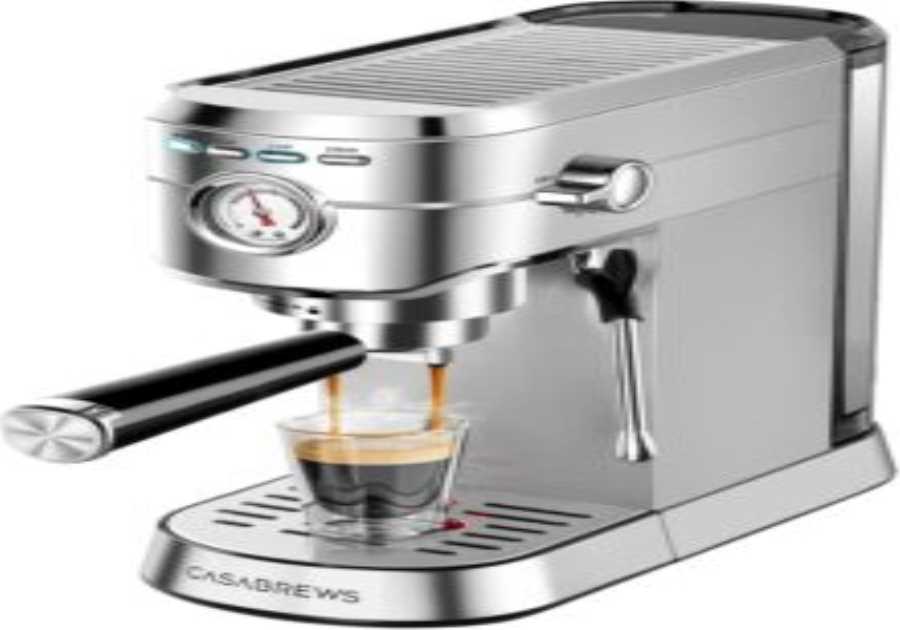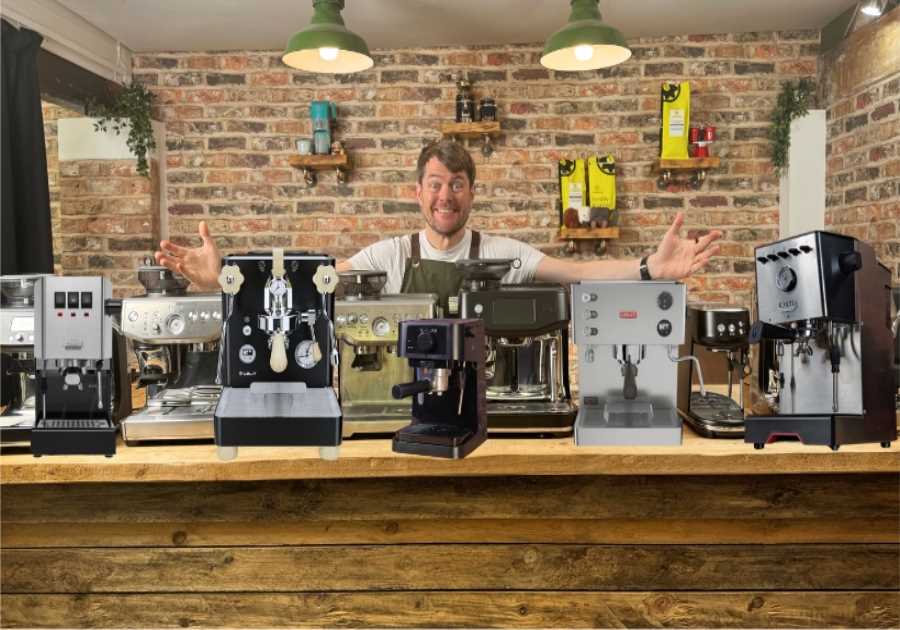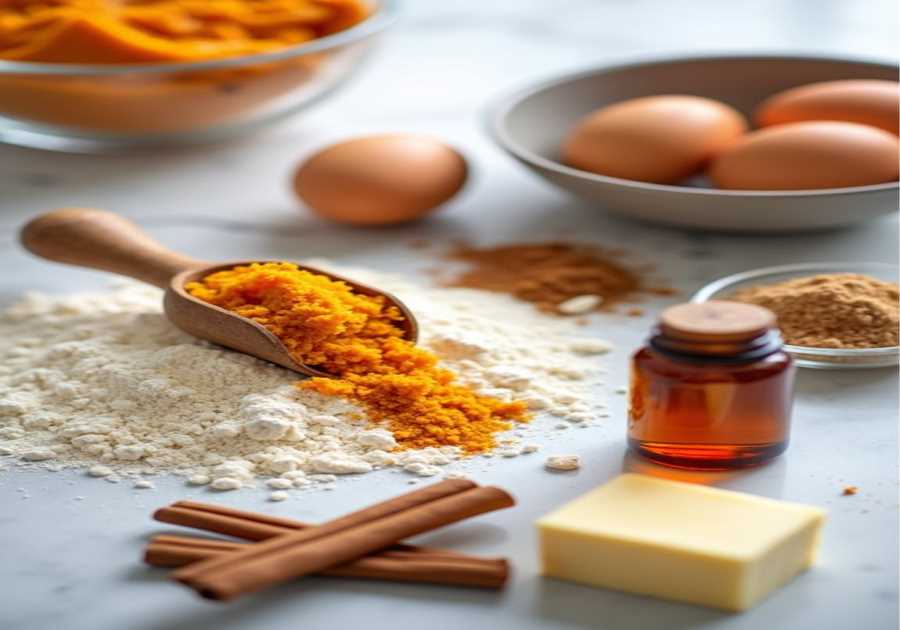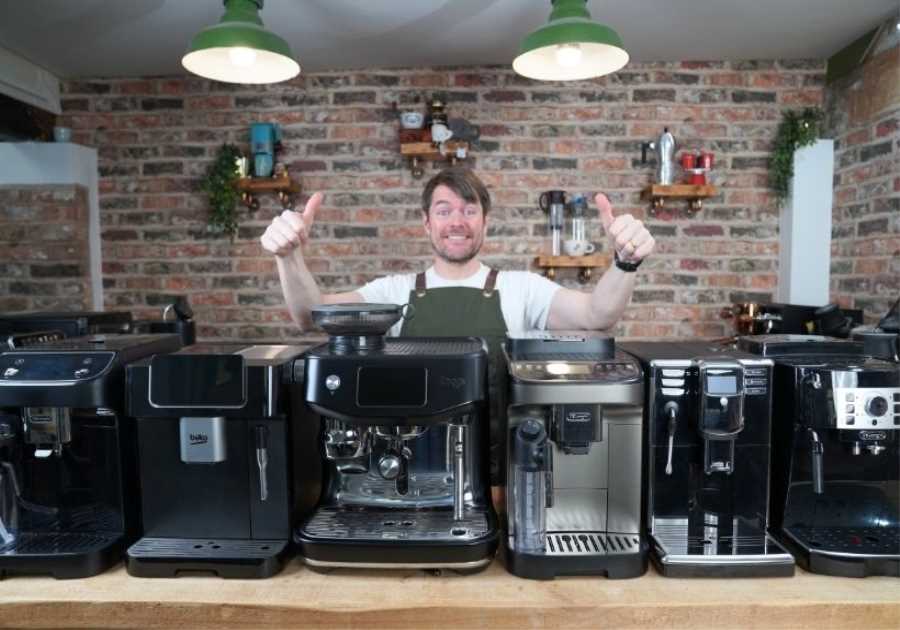For decades, espresso machine design and technology have been evolving to meet the ever-changing needs of coffee shop owners and baristas. From multi-boiler systems and automation to custom branding, there are now more factors to consider than ever before when it comes to the design of an espresso machine.
Many businesses choose to position their espresso machines as the centrepiece of their coffee shops – and for good reason. However, it seems that more and more are deciding to install modular espresso machines.
Rather than being manufactured and installed as a single piece, modular espresso systems are made up of units. Each of these units, or “modules”, has its own distinct function, and a business can install as many of each module as it needs.
To learn more about how modular espresso machines work and the advantages they have over traditional models, I spoke to three industry experts. Read on to find out what they told me.
You may also like our article on why the espresso machine should be the centrepiece of your coffee shop.

What are modular espresso machines?
Espresso machines have been around for almost 150 years. In 1884, Angelo Moriondo patented the first-ever prototype espresso machine, leading others to build on his technology in the following decades.
Since then, the espresso machine has evolved in an endless number of ways. In recent years, we’ve seen an increasing focus on digitalisation, automation, and exerting more control over extraction variables.
Alongside these technological advancements, the design of espresso machines has also significantly changed over the last two centuries. One of the most notable design changes is the emergence of modular espresso machines.
As the name suggests, modular espresso systems are manufactured as separate modules or “units”, rather than an entire machine. This means that each standalone module is designed to carry out a specific function – for instance extracting espresso, steaming or foaming milk, or dispensing water – and are installed separately to one another.
This means that coffee shops can choose to install as many modules as they need. For instance, they might want three single-grouphead espresso modules as well as two milk modules, or fewer if they don’t anticipate demand being as high. These units are installed on top of the counter, while the module that contains the Proportional Integral Derivative (PID) control system is placed underneath the counter – which means customers are only able to see the groupheads and steam wands.
As modular espresso machines are a new concept, many espresso “modules” will contain an integrated display or touchscreen as standard. This allows baristas to view and preset a number of different extraction variables – including water temperature, total extraction time, pressure, and water flow rate.
Jan Adriaens is the CEO of Schuilenburg, a coffee equipment manufacturer in Belgium. He is also an engineer at Perfect Moose, a brand which manufactures automated modular milk foaming solutions.
“We consider modular systems a significant part of improving barista workflow,” he says. “Nowadays, this is crucial to ensure excellent customer service, serve consistent high-quality coffee, and create your own identity to make your coffee shop stand out.
“It’s important for coffee shops to install the right amount of modules, as well as the right combinations of them,” he adds. “[They need to ask themselves a number of questions], including how many coffees do they make per hour and whether they serve more espresso or milk-based drinks.”
Jaime Gamoneda is the Chief Commercial Officer at Heylo, a modular espresso machine brand.
“Modular systems can provide coffee shop owners with more freedom to redesign their own workflow,” he explains.
John Colangeli is the founder and Managing Director at Coffee Machine Technologies, which manufactures the modular espresso machine Tech-Bar.
“Modular systems can be installed in a way that not only improves workflow, they can also create a more personal customer experience,” he tells me.
As they take up much less counter space than traditional espresso machines, modular systems create less of a physical barrier between baristas and customers – making interaction and communication more straightforward.
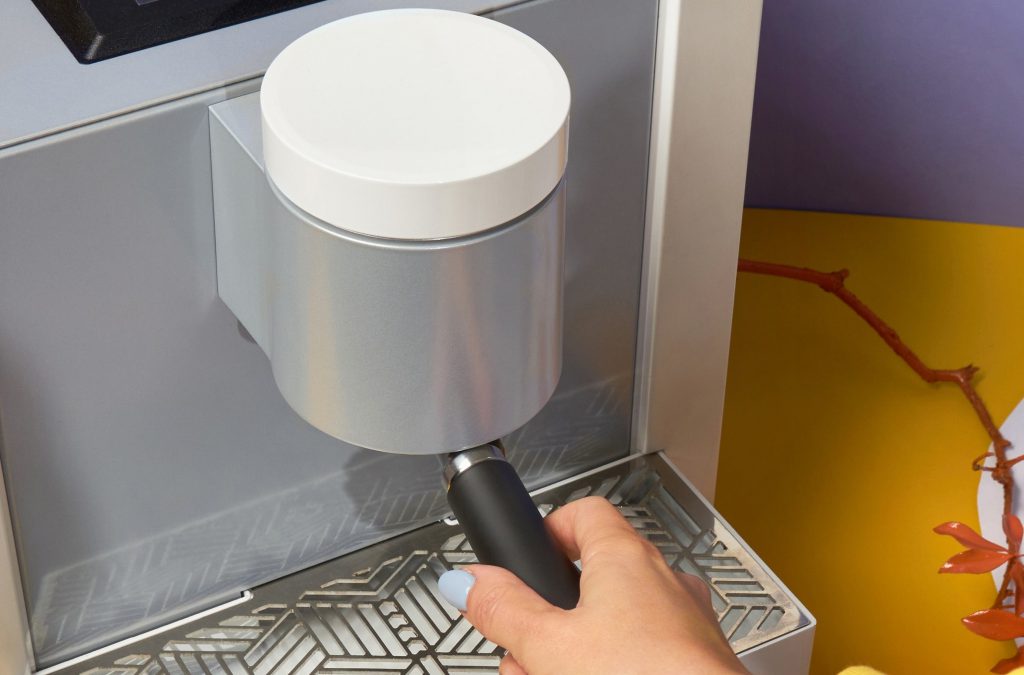
When were modular espresso machines invented?
In comparison with traditional espresso machines, modular systems are a much more recent invention.
It’s believed that the idea for modular espresso machines first came from Corey Waldron, the founder of Modbar. While he was working as a barista in the 2000s, Waldron felt as though the large size of espresso machines often impaired the consumer experience, as customers weren’t always able to see baristas preparing their drinks.
Alongside Aric Forbing, Waldron launched the first Modbar prototype at the Specialty Coffee Association’s Specialty Expo in 2007. The first working models were showcased at the 2013 Specialty Expo, and some three years later, the company collaborated with La Marzocco to develop the Modbar Espresso AV – which was manufactured using similar technology to La Marzocco’s Linea PB and Linea Mini espresso machines.
However, in recent years, different types of modular espresso systems have emerged, with a range of different technologies as part of that growth. For example, some models include pour over brewing units, as well as groupheads and steam wands.
Jaime tells me that Heylo machines heat water through induction, which means they don’t need boilers.
“This means that the modules can be operated separately, so you don’t need one main machine controlling all of the units,” he explains. “You can also easily attach the modules to each other.”
Jan, meanwhile, says that automation is also a key driver for most modular solutions.
“Our patented smart technology means the milk pitcher can directly interact with the steaming device,” he explains. “This means that the Perfect Moose system can automatically recognise the amount and type of milk, and can then steam it accordingly.”
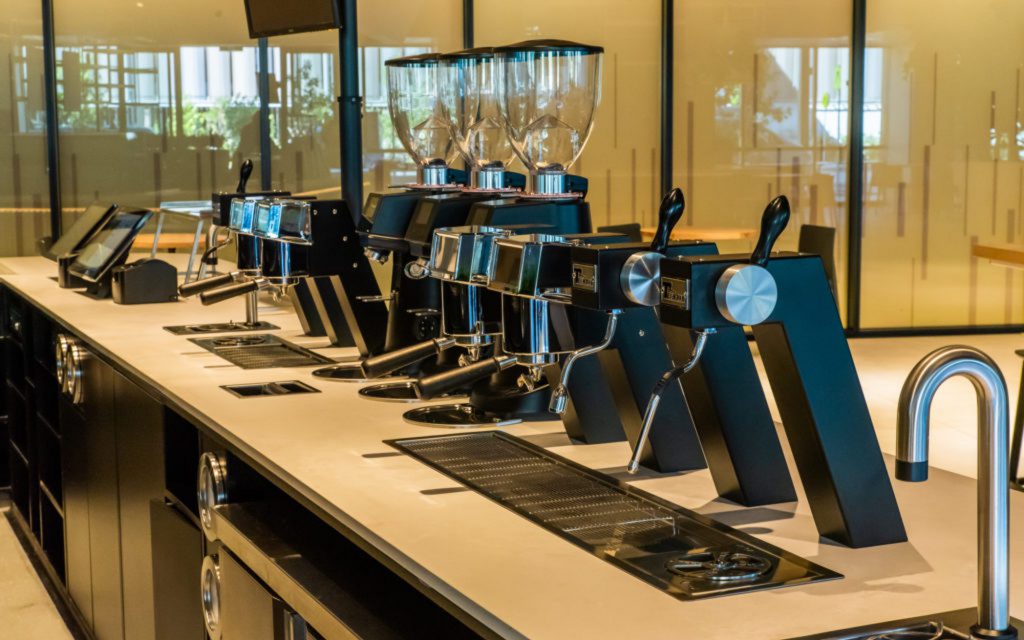
Are modular espresso machines better?
While it’s clear that modular espresso machines are becoming more popular, we still need to ask important questions about performance.
“There are a number of advantages to using modular espresso solutions,” Jan tells me. “These include easier repair and servicing and a more personalised coffee bar design.”
One of the biggest advantages of modular espresso systems is that they are more customisable than traditional machines. Coffee shops can install a number of different modules, and can create a machine layout which best suits their needs. This means some coffee shops can install a higher number of units, while still having enough counter space to interact with customers.
Moreover, it is significantly easier to repair or replace each individual module, as opposed to fixing an entire machine – which can be particularly useful during busy rushes.
“Modular espresso machines can also be customised with different colours and finishes,” John explains. “Furthermore, because the units are standalone and spread out, it is easier to clean and maintain them.”
Another significant benefit of modular espresso machines is that interaction with customers can be easier.
“Baristas aren’t hidden behind a machine, which can improve customer service and workflow,” Jan says.
However, it’s also important to note that traditional espresso machines also play an important part of coffee shop design, and therefore the customer experience.
For many coffee shops, a traditional espresso machine is often the flagship piece of equipment, and if positioned well, can be used to create a focal point for customers. Moreover, espresso machines can also complement the design and aesthetics of a coffee shop, thereby elevating the brand.
As most modular systems are minimally designed, they can often be less eye-catching than traditional machines – which can ultimately negatively affect the customer experience.
Modular espresso systems can also be more expensive than traditional machines, so coffee shops with smaller budgets may not be able to pay the upfront costs. Furthermore, as they are newer to the market, it can be difficult to order and receive modular espresso machines in a timely manner.
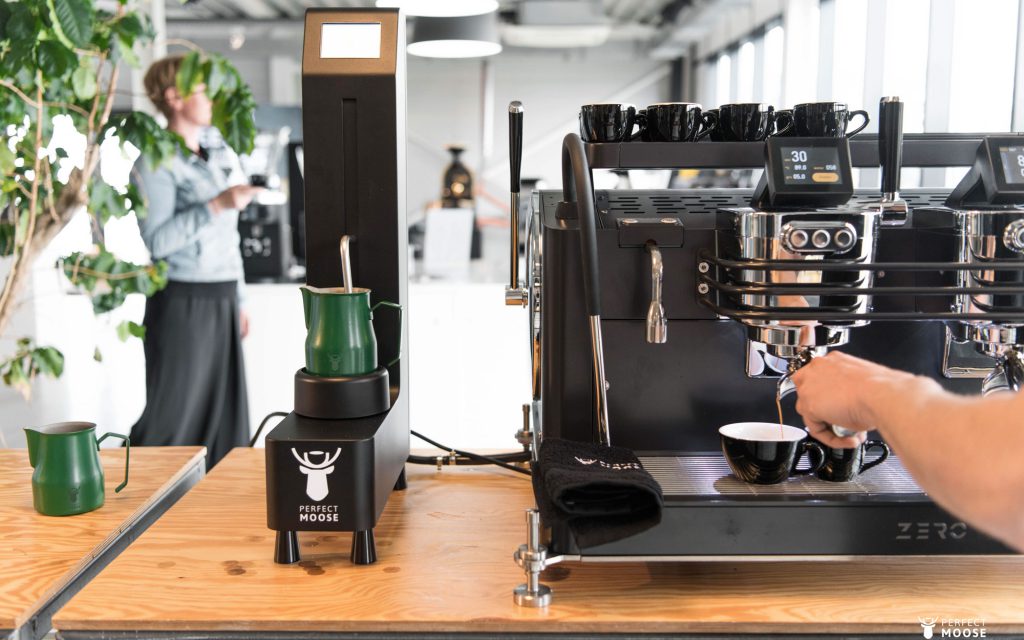
Will they become more popular in coffee shops?
Many coffee shops already use modular solutions – including automated milk steamers and pour over brewers – and there’s evidence that modular espresso machines will continue to become more popular.
“Whenever equipment can improve workflow without compromising coffee quality, it eventually becomes more popular,” Jaime says. “It’s the same with modular systems.”
Jan agrees, saying: “We had to convince baristas that they wouldn’t be replaced by automated milk foamers – steaming milk to produce high-quality microfoam is an essential skill.
“However, over the past few years, the role of the barista has evolved from simply making coffee to being a coffee connoisseur who can interact with customers,” he adds. “Because of this, coffee shop owners need to run their businesses efficiently, [and modular solutions can help with this].
“Customising your own workflow is a logical step for any business,” he concludes.
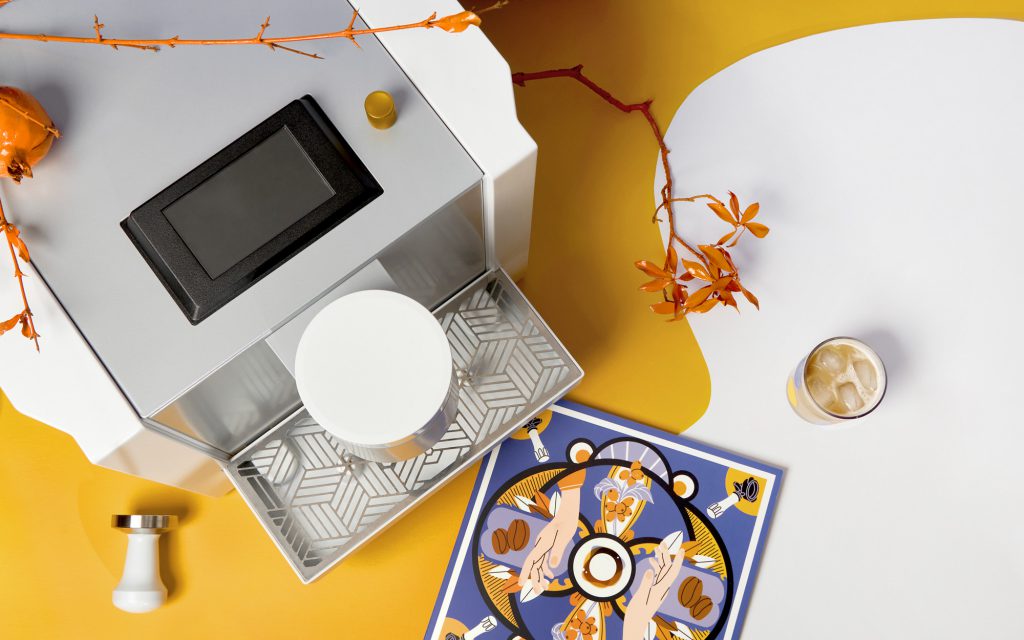
There’s no doubt that interest in modular espresso machines is growing – largely because of their flexibility and minimalist design.
However, just how popular they might become over the next few years remains to be seen, especially considering how integral traditional espresso machines are for many coffee shops around the world.
Enjoyed this? Then read our article on how the espresso machine influences barista workflow.
Photo credits: Coffee Machine Technologies, Perfect Moose, Heylo
Perfect Daily Grind
Want to read more articles like this? Sign up for our newsletter!
The post What are modular espresso machines & how do they work? appeared first on Perfect Daily Grind.
By: Thomas WensmaTitle: What are modular espresso machines & how do they work?
Sourced From: perfectdailygrind.com/2023/01/what-are-modular-espresso-machines/
Published Date: Thu, 19 Jan 2023 06:29:00 +0000

